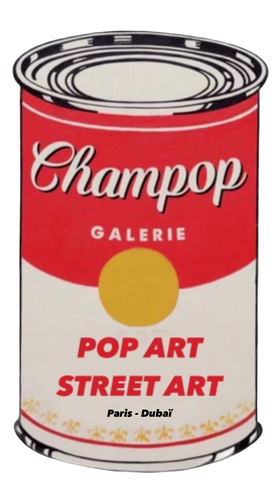TAKASHI MURAKAMI

Born in Tokyo in 1962, Takashi Murakami is one of the most influential Japanese artists of recent decades.
Murakami belongs to the Japanese neo-pop generation (also known as Superflat) that emerged after the country's economic bubble burst in the late 1980s.
While incorporating elements of his country's contemporary popular culture into his work in the form of anime (animation) and manga (comics), he remains inspired by traditional Japanese sources.
It ranges from Buddhist iconography and 12th-century scroll paintings to Zen painting and the compositional techniques of eccentric painting from the Edo period to the 23rd century.
The latter was characterized by the use of fantastical, unconventional imagery and expressionism, which at the time represented a rejection of realism and tradition. The result was paintings combining kitsch motifs and cartoon characters, for which he is now renowned.
This pattern may also correspond to the transformation of a society built on consumption into a service-oriented economy, which differentiates Murakami from Andy Warhol and his emulators Jeff Koons and Damien Hirst.

